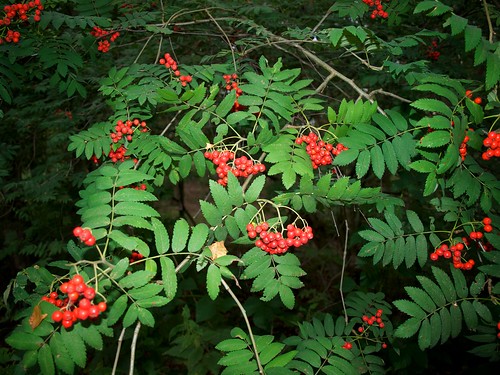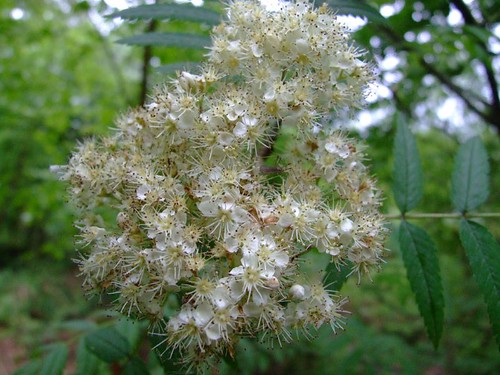Sorbus aucuparia or Son of Mountain Ash
The Rowan or Mountain Ash, Sorbus aucuparia is a member of the same family as the rose and is part of the large Sorbus genus (50+ distinctive species). They are highly variable with several regional sub species. The trees can be quite singular in appearance when shaped by wind on high moors and mountains.
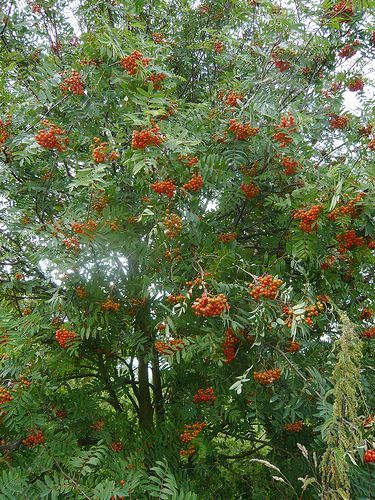
The Rowan has an international mystical reputation. Witch Tree, Wicken, Witchbane or Witch Wood are amongst old names for Rowan and hint at these perceived mystical properties of the tree. ‘The Rowan (runa) is prominent in Norse mythology as the tree from which the first woman was made, (the first man being made from the ash tree). It was said to have saved the life of the god Thor by bending over a fast flowing river in the Underworld in which Thor was being swept away, and helping him back to the shore’. Trees for Life. A branch was often used over doorways or cattle byres to ward off the evil eye. In Celtic mythology Rowan is known as the Tree of Life and symbolises courage, wisdom and protection and in Ireland it is linked closely with fairies. Hindus used the word runa for rowan whose branches were used as as staves that were carved with rune symbols. In the UK the Rowan is known as a tree associated with witchcraft, protecting people and dwellings. Druids think the trees are sacred  and are used for protection against sorcery and evil spirits. An example at the Pitt River museum in Oxford shows two sprigs of rowan tree wood tied with a red twine in the shape of a cross. This is believed to have been a common practice in some parts of Scotland to ward off spirits of the forest.
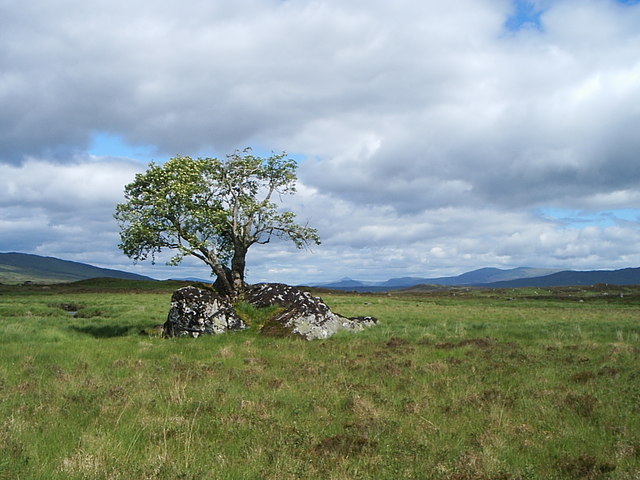
Mountain Ash which is a member of the same group as the Whitebeams are very much trees of open space, rock faces and open slopes. It is more surprising that these trees can be very rare foe example the Ley’s Whitebeam exists in two sites in the Brecon Beacons and the Taff valley where they are the worlds only 17 specimens left. The Arran whitebeams (Sorbus arranensis and Sorbus pseaudo fennica) are Scotland’s rarest trees both on the WWF dangerously close to extinction list.
Not all sorbus trees are hard to find and I commend the Thorp Perrow arboretum for a good range of specimen trees. The list from there catalogue is shown below featuring over 70 plants many of which I visited several years ago.
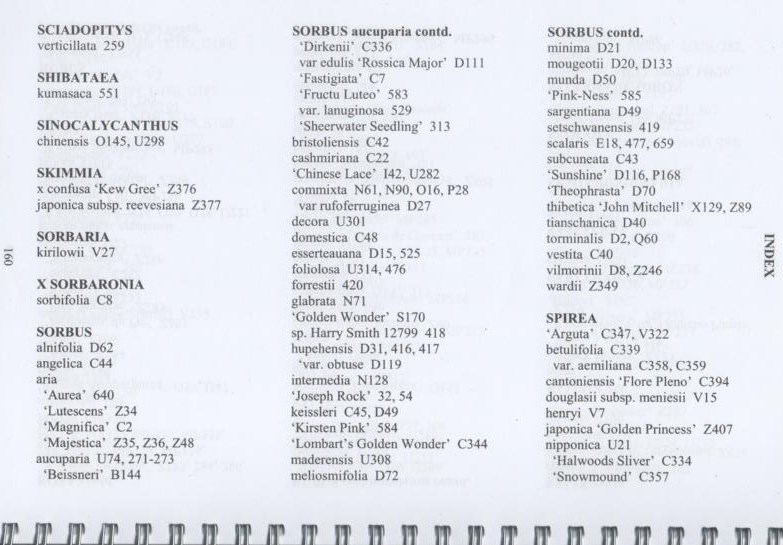
Catalogue of Sorbus specimens grown at Thorpe Perrow Yorkshire
An earlier post from Gardeners tips is now updated and augmented below:
Key Features of the Mountain Ash
- Latin name – Sorbus aucuparia other common names Rowan, Whitebeam tree or European Mountain Ash
- Height – smallish tree up to 50 feet
- Type of tree – Deciduous with grey or shiny brown branches growing upward
- Leaves – compound, pinnate with terminal leaflet and two rows of long, green, serrated, oblong leaflets.
- Flowers – large flat-headed clusters of small scented flowers in creamy white during May
- Fruit – orange to red berries half inch diameter to encourage birds to eat then pass them to be sown far and wide.
- Bark – smooth silver-grey with horizontal scars
- Buds  conical often on short stalks. Far apart on twig
- Family – Rosaceae
Distribution and Attributes of Mountain Ash
- At home on high ground, parks, gardens and acidic soil.
- Common in the UK and Europe.
- Valued for the Rowans ornamental qualities.
- Berries are great bird food.
- Revered by Druids, Norse and in Greek legend to ward off evil spirits
- Rowan jelly made from the berries is a traditional ‘tart’, accompaniment to game and venison.
Gardeners Tips for the Mountain Ash
- The berries and colourful autumn leaves make this a good and hardy specimen tree.
- Berries can vary in colour depending on the species from white, yellow, red or orange. Stratify seeds for germination.
- Grows well even in very acid soil but may not live as long on thin chalky soil.
- Â Dislikes waterlogging or shade.
Other Types of Sorbus
- Sorbus is a large genus including hardy trees grown for ornamental qualities that include attractive flowers, ornamental foliage which colour richly in autumn and produce berry like fruit.
- There are 3 sections of Sorbus; Aucuparia sorbus have pinnate leaves with numerous leaflets. Aria section have simple toothed and lobed leaves while Micromeles group are similar to Aria but have deciduous calyces.
- Sorbus aucuparia has 5 sub species and a parent to numerous hybrids.
- Sorbus aucuparia ‘Beissneri’ and Sorbus aucuparia ‘Fastigiata’ have an AGM.
Credits
Rowan DSCF8583 by hedgerowmobile CC BY-NC-SA 2.0
Lijsterbes by ednl CC BY 2.0 Rannoch moor tree JOHN SMITH licensed for reuse under Creative Commons Licence
Read more on our series of British tree reviews with a bakers dozen of fact sheets
